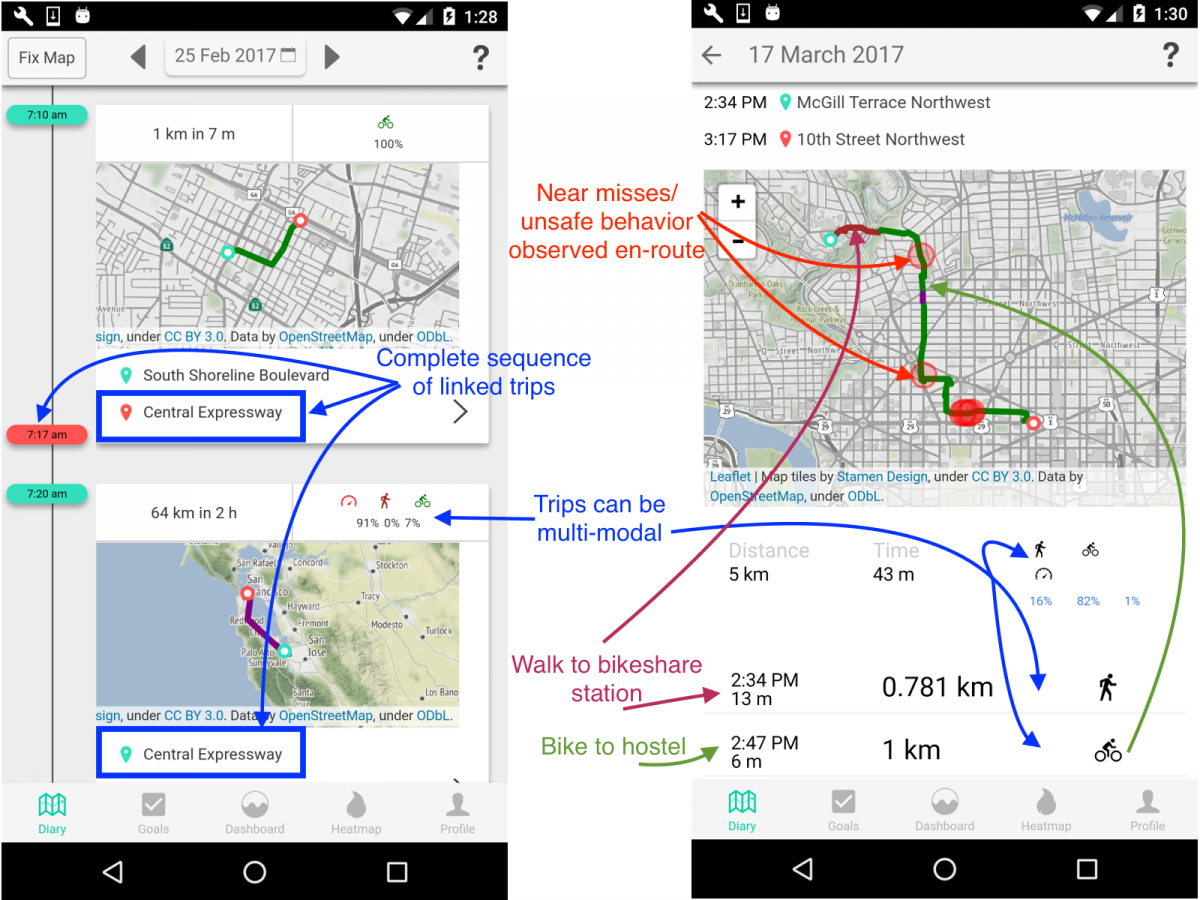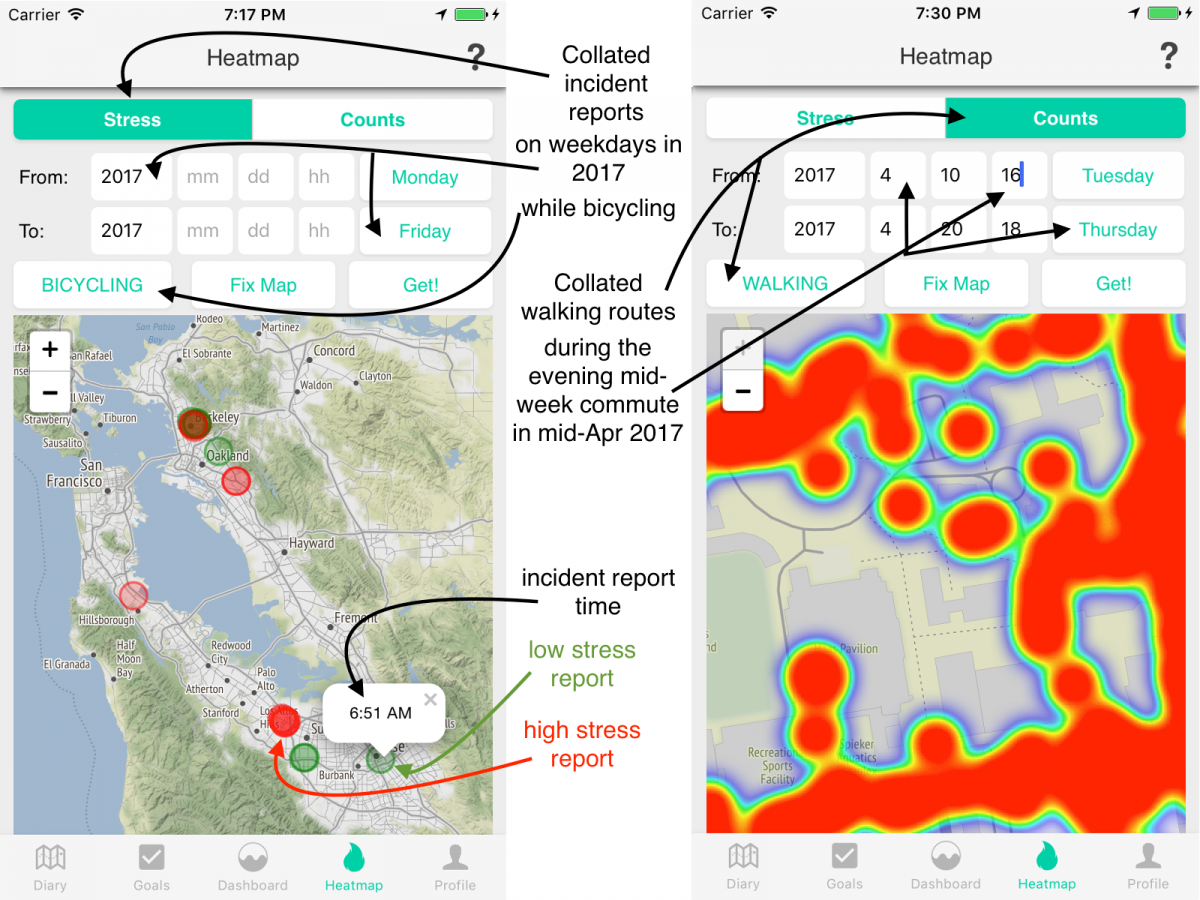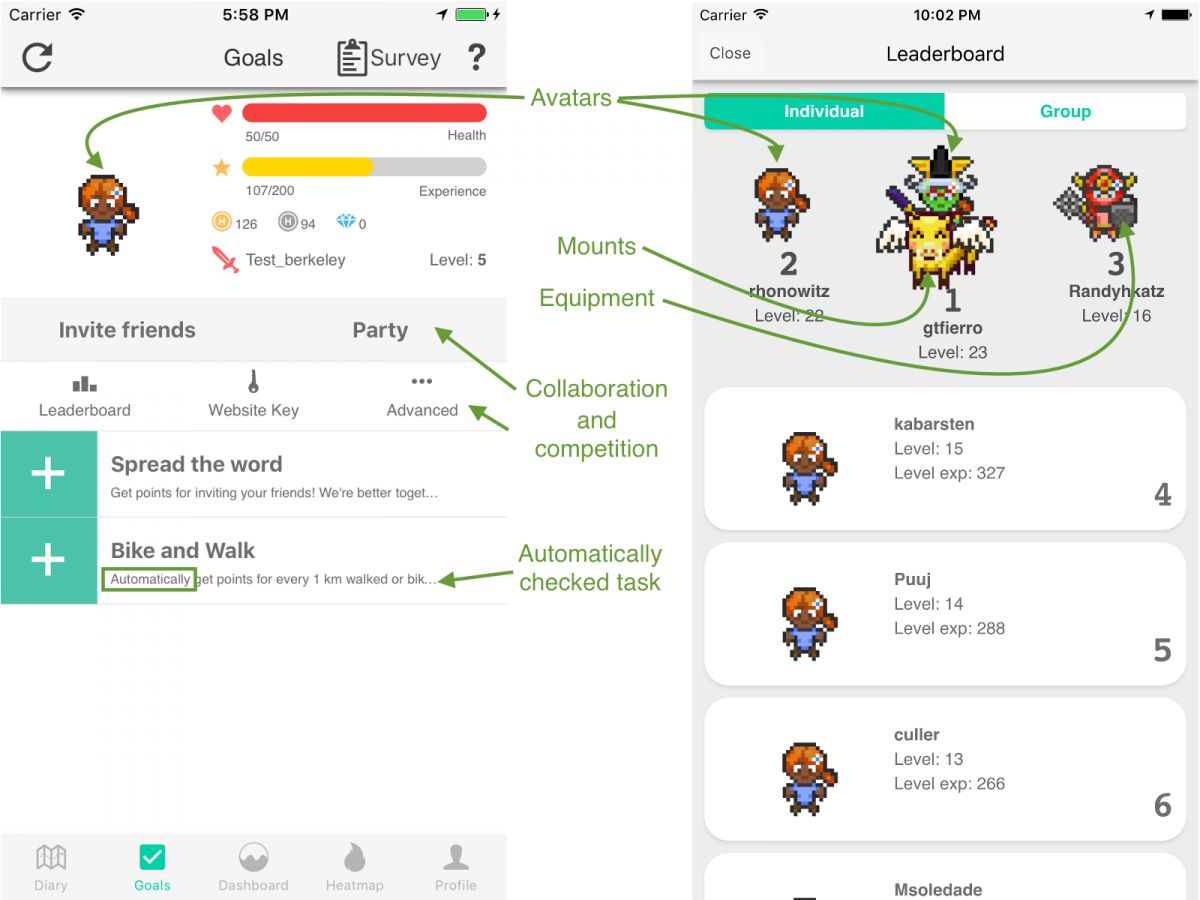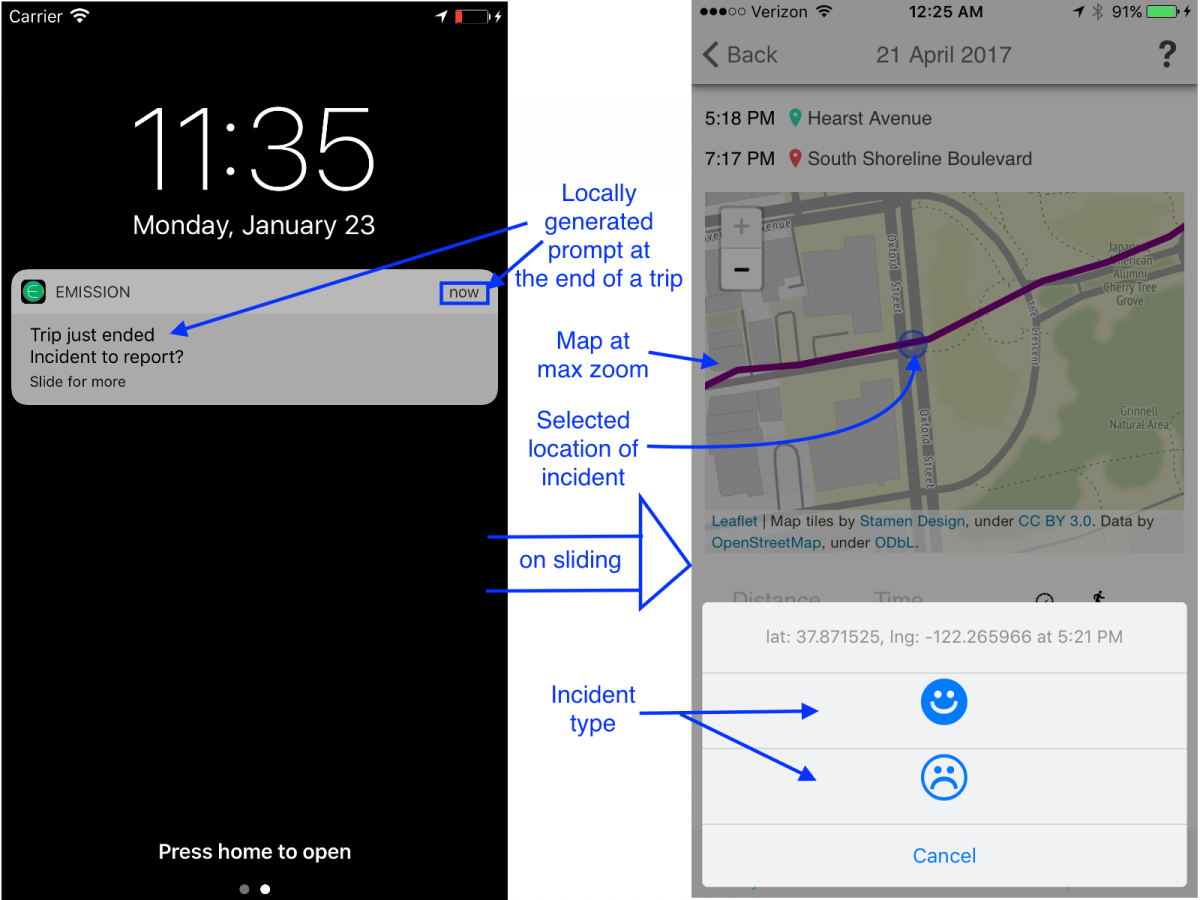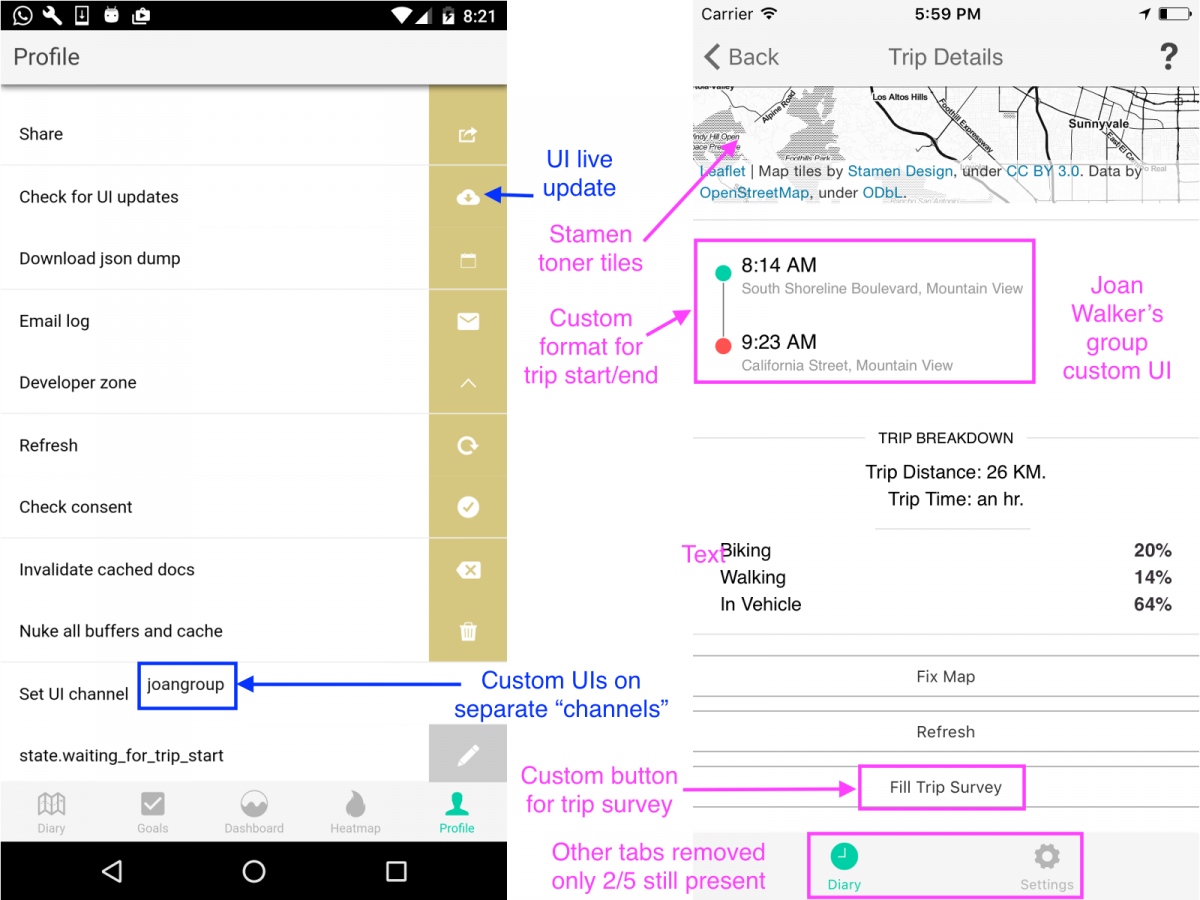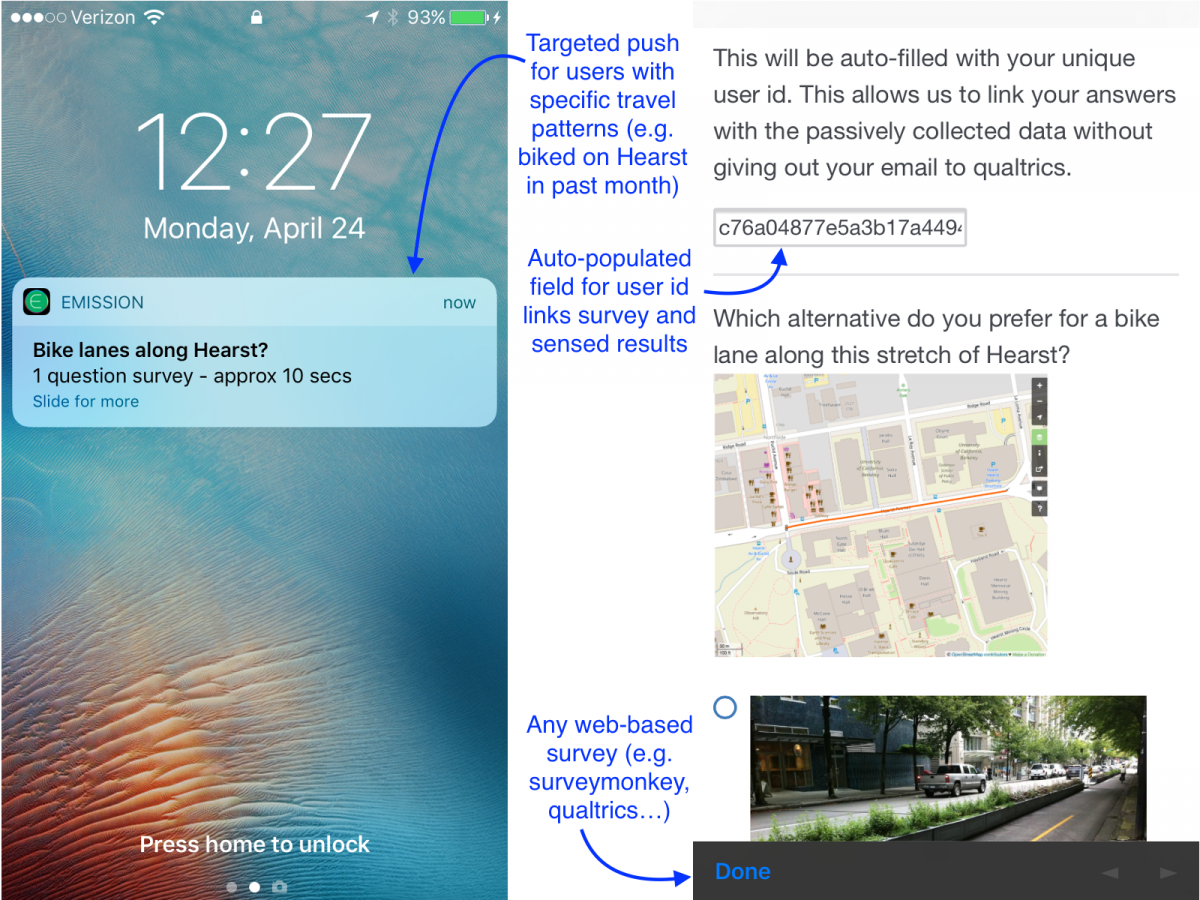A critical part of enabling cities to implement their Vision Zero policies – the goal of the current National Transportation Data Challenge – is to be able to generate open, multi-modal travel experience data. While existing datasets use police and hospital reports to provide a comprehensive picture of fatalities and life altering injuries, by their nature, they are sparse and resist use for prediction and prioritization. Further, changes to infrastructure to support Vision Zero policies frequently require balancing competing needs from different constituencies – protected bike lanes, dedicated signals and expanded sidewalks all raise concerns that automobile traffic will be severely impacted. A timeline of the El Monte/Marich intersection in Mountain View, from 2014 to 2017 provides an opportunity to…
Post Archive by Month
Below you'll find a list of all posts from April, 2017
Accessibility · Nondiscrimination · Privacy



